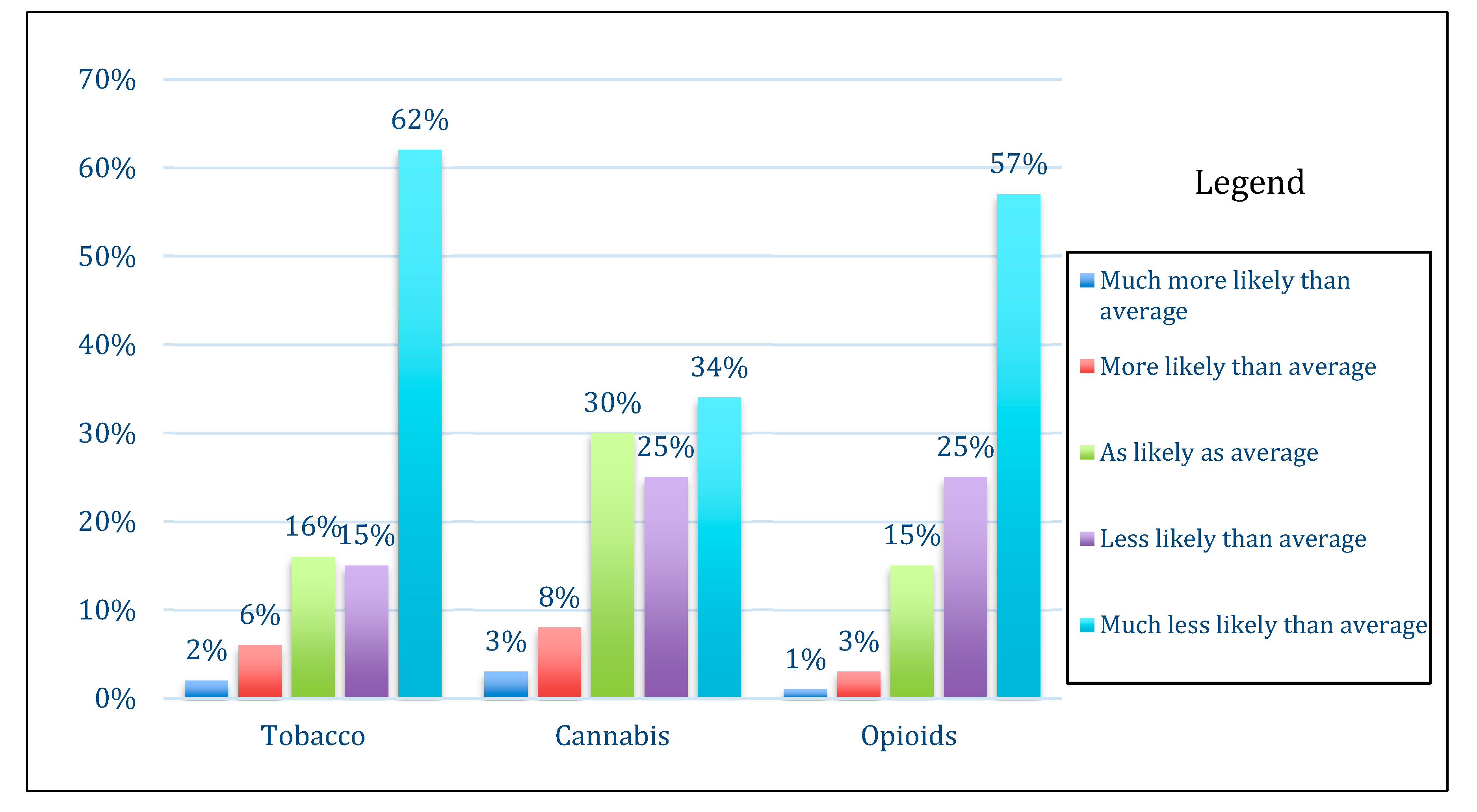

Bivariate chi-square test and multinomial logistic regression analyses were run to identify factors associated with risk perceptions. Agreement between participants' risk perceptions and the nl-FRS were examined using the kappa statistic. The Attitudes and Beliefs about Cardiovascular Disease Risk Questionnaire and the nl-FRS were used to compare subjective versus objective measures of CVD risk. Thus, the study aimed to compare the subjective CVD risk perception level of patients with the nonlaboratory Framingham Risk Score (nl-FRS).Ī cross-sectional design was used. However, hypertensive patients' risk perceptions of CVD events in Ethiopia are unknown. All rights reserved.Īccurate cardiovascular disease (CVD) risk appraisal is essential for hypertensive patients to identify correctly their risk status and take efficient behavioral measures timely to avoid major adverse outcomes. Additionally, we found that the effect will be moderated by individuals’ locus of control. These effects were due to their beliefs that the outcome is due to chance or skills. Specifically, state optimists invest more in risky options when they believe that the investments are chance‐based, whereas state pessimists invest more when they believe the investments are skill‐based. Four studies showed that state optimists and pessimists differ in their expectations of success in a situation in which outcomes are purely a matter of chance or skills. This current research proposes that optimism and pessimism can also be temporarily changed and cause different impact comparing to trait optimism and pessimism. However, the present research qualifies these generalizations. Trait optimists typically expect bright outcomes, whereas trait pessimists usually expect gloomy ones. Thus, the current research proposes an important factor to help understand more on consumers risk‐taking in investment.
UNREALISTIC OPTIMISM COULD BEST BE DESCRIBED AS AN HOW TO
Government and public policy makers are facing an important issue on how to balance between economics and consumers’ wellbeing. Conclusions: The presented predictive model demonstrated that positive anticipatory states, sex, and age had a central role in determining the psychological wellbeing during the first wave of the pandemic events in Italy. Moreover, the results highlighted the relationship between optimism and risk perception regarding future scenarios. Results: The results showed that positive anticipatory states are positively associated with psychological wellbeing. Therefore 1,471 participants received an online survey, which was administered as a set of questionnaires investigating three areas: demographic information, psychological wellbeing, and risk of contagion perception.

Methods: Based on the differences between the two constructs, as from the literature, the hypothesis is that individuals with higher levels of optimism would report positive but hazy future scenarios and lower levels of risk perception about the future. Aims: The aims were to verify if and how optimism and hope influenced people’s psychological wellbeing and their risk perception of the situation, addressing how individuals portrayed the present and how they imagined the future after the lockdown.

Introduction: The present study investigates the lockdown experience in Italy during the COVID-19 pandemic within a positive psychology framework, focusing on the protective role of the positive anticipatory states: optimism and hope. These findings support the need for training in communication in veterinary schools. This is of particular importance in that, of those who did not approve the recommended treatment, the majority elected to take their companion animals home against medical advice, rather than opt for humane euthanasia, this likely resulted in undue suffering and an uncomfortable death. Client satisfaction with communication and with the cost of care, but not attachment to one’s companion animal, significantly increased the likelihood of approving the recommended course of hospitalization and intensive treatment. Participants showed an optimistic bias in their interpretation of the chance of survival (but not quality of life) of a companion animal with more severe prognoses, suggesting that this may serve as a self-protective strategy in the face of losing a beloved companion animal. Eighty owners of companion animals with a diagnosis of a severe cardiac disease were asked to indicate what they believed their companion animal’s chance of survival and quality of life would be if they opted for intensive treatment. These included holding an optimistic bias for poor prognostic information, level of attachment to one’s companion animal, and satisfaction with one’s veterinarian. This study examined predictors of opting for advanced medical care versus euthanasia for a critically ill companion animal.


 0 kommentar(er)
0 kommentar(er)
